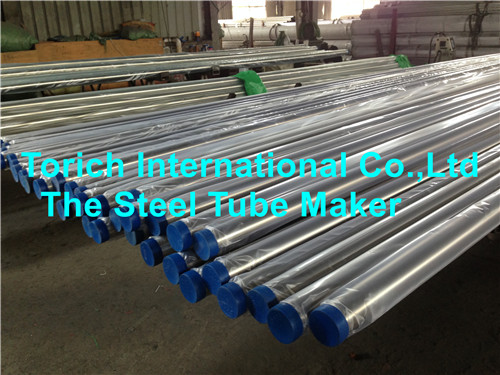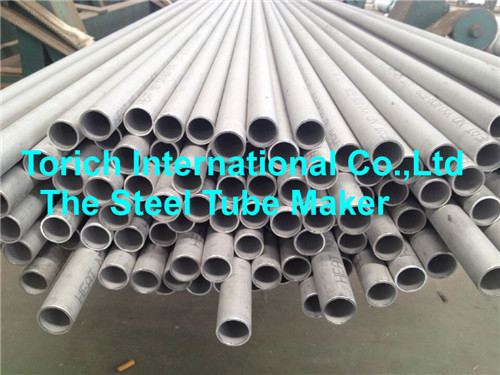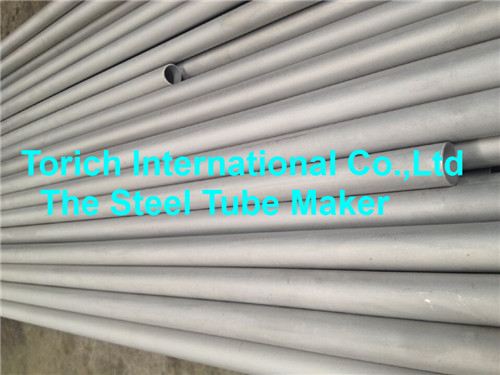The gasket is to prevent leakage, specifically to prevent liquid or gas from leaking through the gasket sealing joint. For the gasket gasket of the pump, the medium to be sealed is generally liquid, gas or dust. Then the main effects that affect the gasket seal leakage are as follows: First, there is a gap on the sealing surface. Second, there is a pressure difference on both sides of the sealing part. The gasket seal needs to be addressed to eliminate or reduce the gap between the sealing faces. Such gaps include gaps between the sealing faces and gaps within the body of the seal. There are mainly the following reasons for gasket failure and leakage.
1. Influence of compression stress on the gasket
In order to achieve the sealing effect, it is necessary to apply a sufficient pressure to the gasket to elastically or plastically deform it, thereby filling the unevenness of the sealing surface. However, in the assembly, the pressing force required for the gasket is not achieved, or the mechanical vibration in the long-term operation causes the compression bolt to loosen. In addition, the aging deformation of the gasket material and the loss of the original elasticity will invalidate the gasket. A leak has occurred. If the compressive stress of the gasket is too large, it is particularly easy to crush the gasket, thereby losing the resilience ability, and it is impossible to compensate for the separation of the flange surface due to temperature and pressure, resulting in a sharp increase in the leak rate. Therefore, in order to maintain a good seal, the compressive stress of the gasket must be kept within a certain range.
2, the internal material of the gasket material or uneven thickness
Paperboard with cracks or wrinkles creates a gap in the gasket itself, and when the force acting on the gasket causes the elastic deformation of the gasket to be insufficient to completely fill the gaps, leakage is inevitable.
3, gasket sealing conditions
The leakage rate varies with different pressures and temperatures. The pressure difference between the two sides of the sealing surface is the main driving force of the leakage. The greater the pressure difference, the easier the medium can overcome the resistance of the leakage channel, and the easier the leakage. The temperature has a great influence on the sealing performance of the joint structure. The research shows that the elastic and plastic deformation of the gasket increase with the increase of temperature, and the resilience energy decreases with the increase of temperature, and the creep variable increases with the increase of temperature. As the temperature increases, the aging, weight loss, creep, and relaxation of the gasket become more and more serious. In addition, the temperature also has a great influence on the viscosity of the medium. As the temperature increases, the viscosity of the liquid decreases, and the viscosity of the gas increases. The higher the temperature, the more likely the leak will occur.
4. The material of the gasket is not compatible with the medium to be transported.
Due to the versatility of the chemical properties of the chemical products transported by the pump, and the addition of some small amounts of additives to the fuel to increase the combustion value of the fuel or to change its combustion products, certain properties of the fuel change. It is not easy to select a gasket material suitable for the medium to be transported. Therefore, it is often the case that the gasket is corroded and leaks due to incompatibility.
5, the impact of gasket material size
a. Effect of gasket thickness: Under the same compression load and the same medium pressure, the leakage rate decreases with the increase of the thickness of the gasket. This is because under the same axial load, the thick gasket has a large amount of compression rebound. Under the condition that the initial sealing condition has been reached, the thick gasket with larger elastic reserve can compensate more than the thin gasket. The relative separation between the sealing surfaces caused by the medium pressure and the large residual compressive stress of the gasket surface, thereby reducing the leakage rate. The thickness of the gasket is different, and the conditions for establishing the initial seal are also different. Due to the influence of the friction force on the end face, the surface of the gasket is in a three-way stressed state, and the deformation resistance of the material is large; and the middle portion of the gasket is affected by the end portion. Smaller, its deformation resistance is also small. Under the same preloading load, the middle part of the gasket is more prone to plastic deformation than the surface of the gasket. At this time, it is more difficult to establish the initial seal. Therefore, when the thickness of the gasket reaches a certain value, the sealing performance does not change or even deteriorate. In addition, the thicker the gasket, the larger the area of ​​the permeation leak and the greater the penetration leakage rate.
b. Effect of the width of the gasket: Within a certain range, as the width of the gasket increases, the leakage rate decreases linearly. This is because the dielectric leakage resistance is proportional to the length of the leak path (proportional to the width of the shim) within the effective width of the shim. However, it cannot be said that the wider the gasket, the better, because the wider the gasket, the larger the surface area of ​​the gasket, so that the same compressive stress is generated on the gasket, and the bolt force of the wide gasket is large through the narrow gasket. Much more.
Leakage is essentially a flow of matter in space, that is, from a limited space to an infinite space, or from the inside to the outside, and vice versa. The reason why the medium flows between the two is that it leaks the power source of the province. The leakage usually occurs at the two ends of the interface. There are two conditions: one is the cross-sectional area available for leakage at the junction, and the other is There is a certain pressure difference or concentration difference at both ends.
First of all, there will be more or less precision problems in the processing of any equipment or machinery. It is inevitable that there will be gaps on the sealing surface, and it is difficult to achieve complete fitting, especially when the contact surfaces of the two are high in hardness and there is no plastic deformation. At times, such as the connection of the flange joint, and the medium, especially the gas and liquid advantages, are pervasive. So the leak will inevitably happen.
Sealing gasket failure causes leakage and avoidance measures: knowing the cause of the leak, then the problem must be solved from two aspects, one is how to reduce the leakage cross-sectional area, and the other is to reduce the leakage power. The overall increase in resistance to flow.
The best way to do this is to use a gasket because the gasket can be plastically deformed after applying sufficient preload to the sealing surface. When the stress is increased enough to cause significant plastic deformation of the surface, the gap of the sealing surface can be filled and the leakage channel can be blocked.
The purpose of using the gasket is to use the gasket material to easily produce plastic deformation under the action of the compaction load, so as to fill in the unevenness of the flange sealing surface, thereby achieving sealing.
Stainless Steel Tubes including following Steel Grade:
Nickel Alloy Grade:
N02200/2201, N04400, N06600, N06601, N06625, N06852, N06219, N06690, N08800/8810/8811, N08825, N08028, N08535, N08904, N08925, N08926, N010276, N06022, etc.
304/304L, 316/316L, 314, 321, 347H, 316Ti, 316LMod, 317L/N, 310S, 253MA, 330, 904L, S31254, XM-19, etc.
TP410, TP405, TP420, TP430, TP430Ti, TP403, TP409, TP444, TP439, TP446, etc.
S31803, S32304, S31500, S32550, S32750, S32760, etc.




Stainless Steel Tube,Stainless Steel Exhaust Tube,Welded Steel Tube,Round Stainless Steel Pipe,Polish Stainless Steel Tube,Stainless Coiled Tube,Duplex Stainless Steel Tube
Torich International Co.,Ltd--The Steel Tube Maker , http://www.chinasteeltubepipe.com